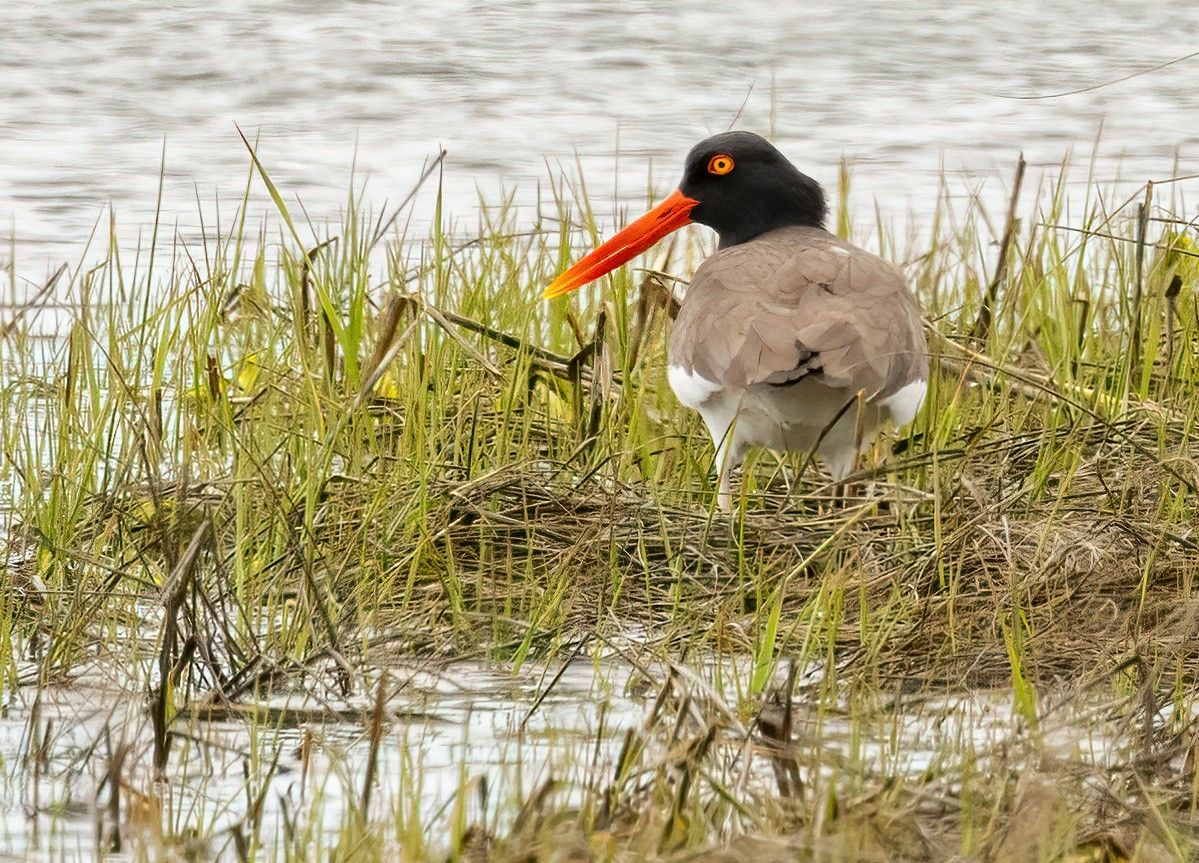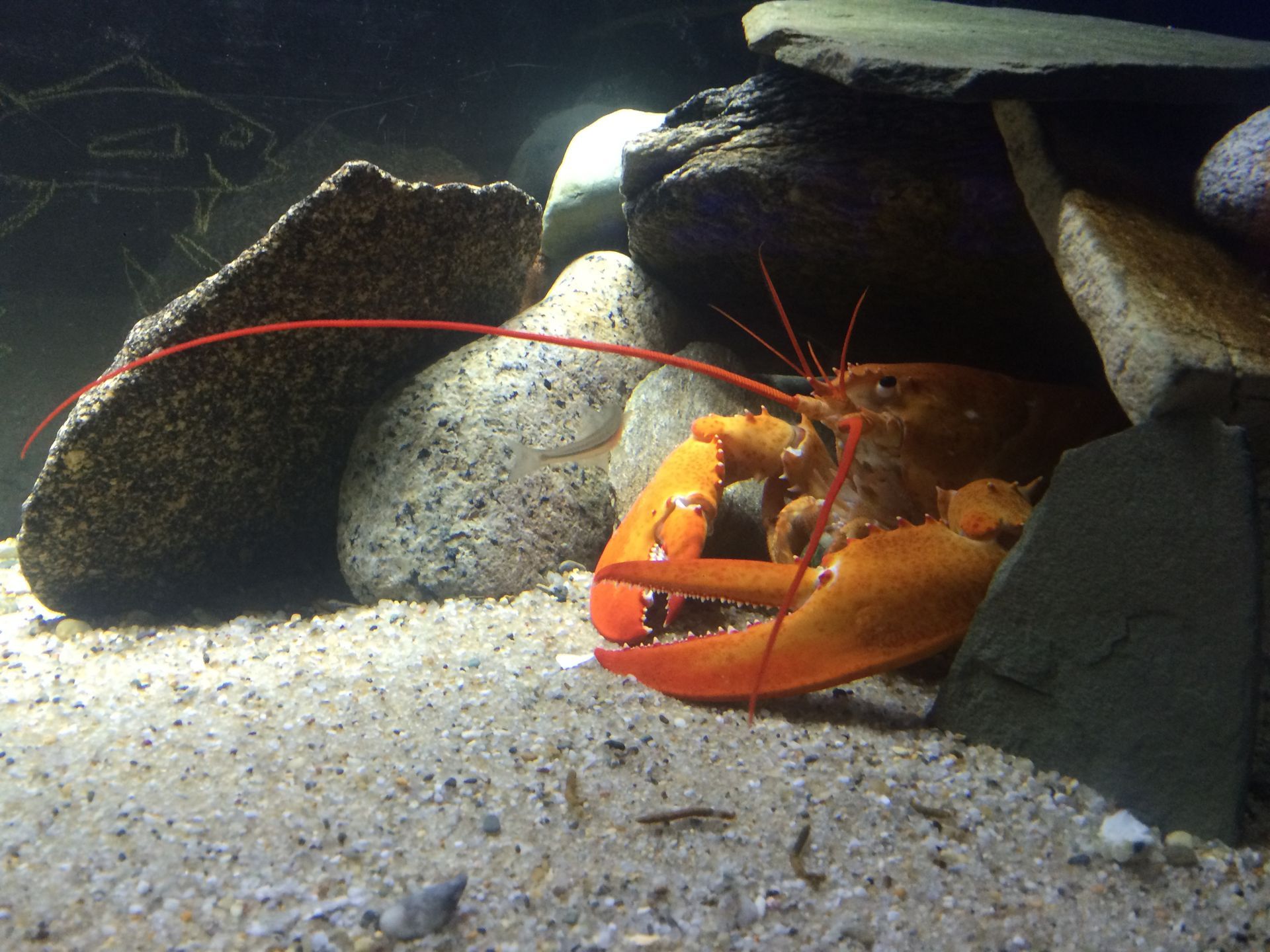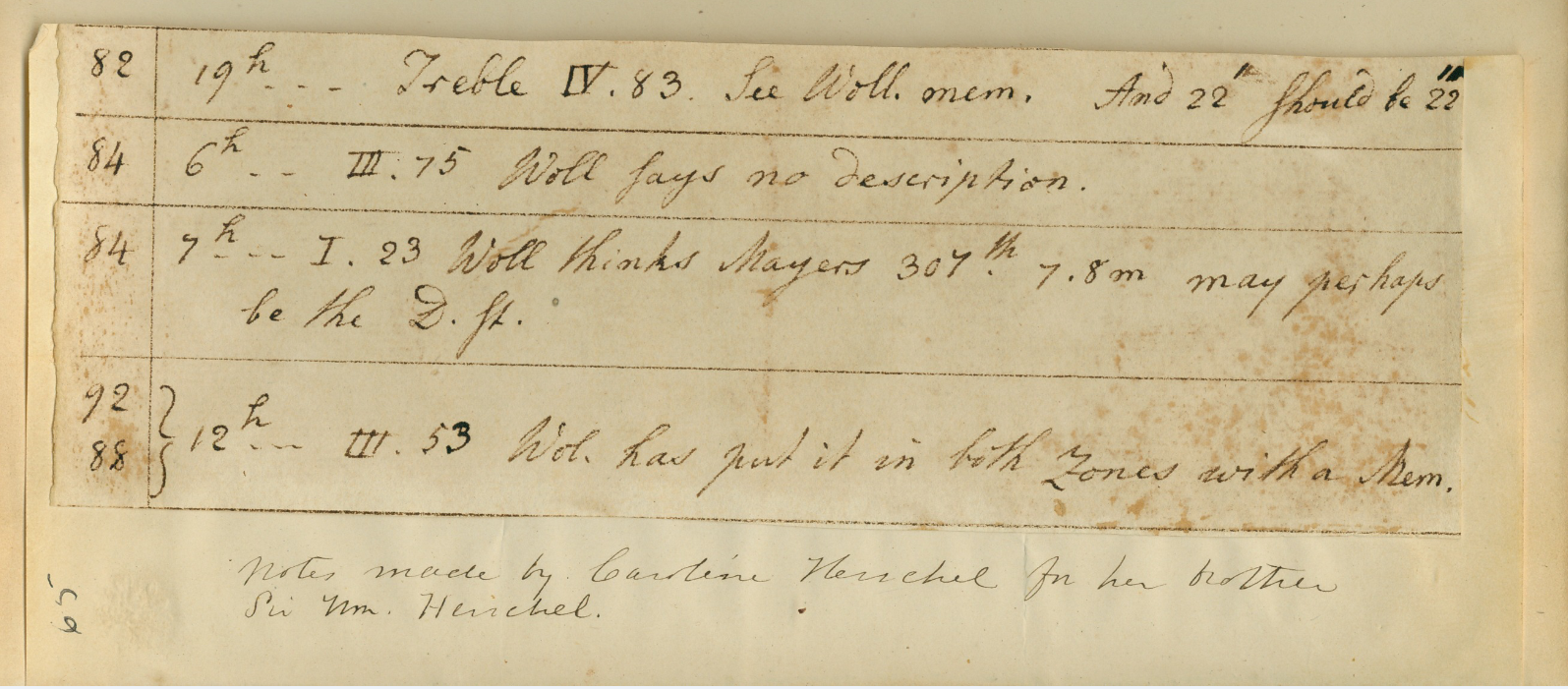Keep Calm and Bird On: July 2024
“If you don’t look, you don’t see. You have to go and look.”
-Edith Andrews

As the surprises of migration taper off and our breeding birds—both resident and migratory—settle down to raising families, birding activity changes as well. It takes more time and effort to get a good look at many of our breeding birds. Nests are hidden, females skulk, males ferry food. But they do not really like to be caught doing it. So, picking a spot and sitting quietly can be both rewarding and relaxing.
For help in picking a spot the “Merlin” sound ID app from Cornell can be very useful. It is particularly good for smaller land birds that nest in the tangles. Birds are constantly calling, defending, responding to threats and each other. Sometimes you can hear that you are near a nest: the chorus of screaming babies when an adult arrives with food is a big tip-off. The app is not perfect. We usually disregard a one-off identification, particularly if it also indicates “rare.” So it is really best to also see the bird, which does take time. A light-weight folding chair or stool is useful. A car can also be a good mobile blind.
Early summer is also a good time to practice “patch” birding, revisiting the same spot at about the same time of day. Eventually birds become used to your presence, and having learned that you are not a threat, may become less shy. As much as we watch birds, they are also watching us, probably more closely and with better vision. Some of us can be real threats, not only here, but in the tropics where many spent the winter. So, be casual. Don’t act like a predator. That would include those “gotcha” moments; squealing, pointing, flailing arms, etc. Bring insect repellant if needed. Wear appropriate clothing in neutral colors. Avoid black—do you want to look like an enormous, nestling-devouring crow? And white, at least in shady, woodsy spots—you will stand out, at odds with your surroundings. Blend in, and you’ll see more.
Recent Posts




